All My Sons
Old Vic, London
13 April – 8 June 2019
Performance

Sally Field and Bill Pullman in ‘All My Sons’
Jeremy Herrin brings American and English actors together as he revives Arthur Miller’s All My Sons at the Old Vic. Miller’s plays are renowned for their exploration of social realism and society’s injustices … and this play does not disappoint when it comes to exposing Western inequalities. All My Sons finds its uniqueness and significance as it fuses different themes and genres from Miller’s other plays. Much like in Death of a Salesman, in this performance, Miller critiques and discloses the drastic effects of ardent American capitalism. All My Sons, along with A View from the Bridge, establishes itself as a tragedy through the tragic qualities of the play’s protagonists. Joe Keller, in the eyes of Miller, is permitted to be given the status of a tragic hero, despite not being a character of great eminence.
The first half of the play carries the burden of keeping the audience interested as Act I is notoriously known to have quite a slow start. Herrin takes an additional risk in keeping the set almost identical throughout the play while keeping stage directions to a minimal. Although one would assume that this mix of a traditionally lethargic start with the lack of action on stage would create a painful watch, the playwriter manages to keep the audience locked on to the actors and the dialogue that they have. As noted by Ed Cumming in All My Sons review, Old Vic: An all-star cast draws you into the tragic machinery of Arthur Miller’s classic “the script doesn’t offer much in the way of set changes” meaning that “the cast must do all the lifting”; a feat they most definitely don’t fail in.
My surprise was unprecedented when I heard Colin Morgan, the star of the childhood-favourite TV show Merlin, announce himself in a raw New England accent. Although his intonation seems slightly unpolished to start off with, this small nuisance is largely subdued by his vivid portrayal of Chris Keller. None of Miller’s character in All My Sons have particularly outspoken personalities but oddly, their subtle but fervent emotions give the actors on stage real appeal and integrity. The actors and actresses do a wonderful job of bringing their characters to life, but without the dramatic denouement, wherein we see Chris’ outburst, Kate’s desperation and Joe’s anagnorisis, the play would be missing a much-needed spout of energy. Nonetheless, Herrin, along with the cast, succeed in suggesting the complexity of each of their characters. Kate, through Sally Field’s presentation, is suggested as being full of internal contradictions and battles that she has within herself. Her family loyalty precedes her moral-compass through her rejection of the truth about the airplane parts. Morgan does justice to Chris Keller, the conflicted and recovering soldier. Cumming suggests that his “gear change” in the final act is unconvincing, yet, for me, Morgan’s actions in the last scenes are merely a result of his unwavering value for what is right and the end-product of careful character-building.
Despite the play dating back over 50 years, having been performed countless times in its lifespan, Herrin’s portrayal of this Arthur Miller classic remains poignant through its relevance today. There are many parallels that one can draw between the action on stage and our current reality. In his review, Cumming continues with insinuating that Bill Pullman, who plays Joe, gives his character “an uneasy gravitas” while alluding to the comparisons we can draw with Pullman’s portrayal of a relentless businessman to certain prominent figures in America nowadays. The opening scene, consisting of a video sequence portraying clips of daily American life from the 1950s up to the present, reminds the audience that this is a play that remains pertinent in today’s world; a show that presents all the moral questions that we must still ask ourselves today: where does the line lie between personal responsibility and self-preservation, does society or the individual bear more fault in times of despair and should morality always precede loyalty?








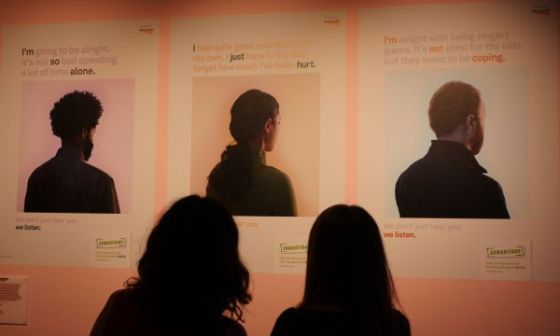







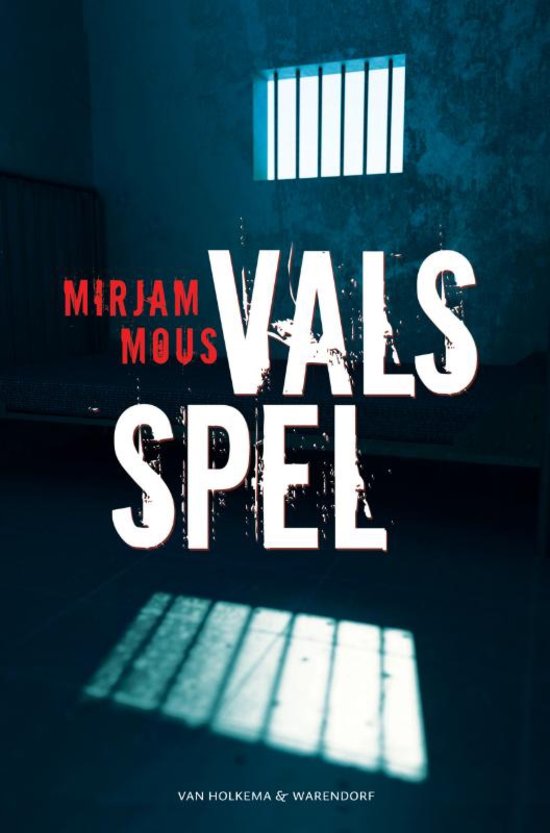

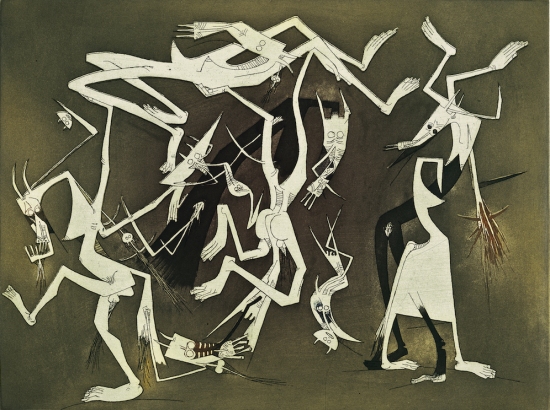














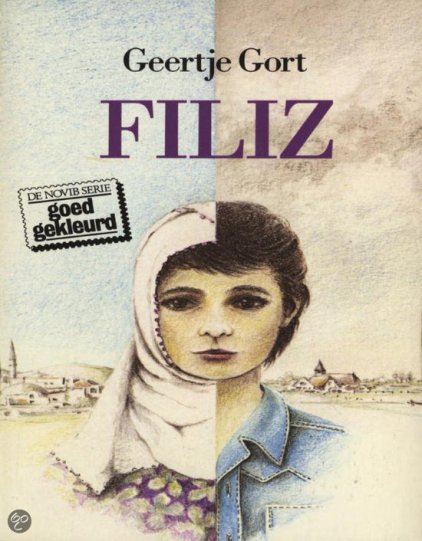





















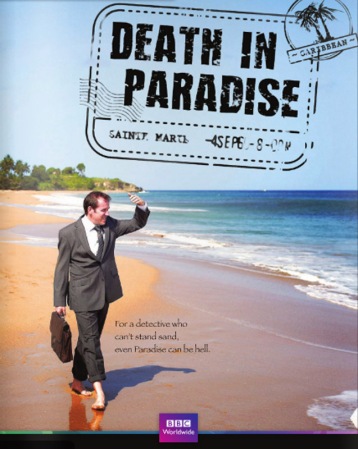







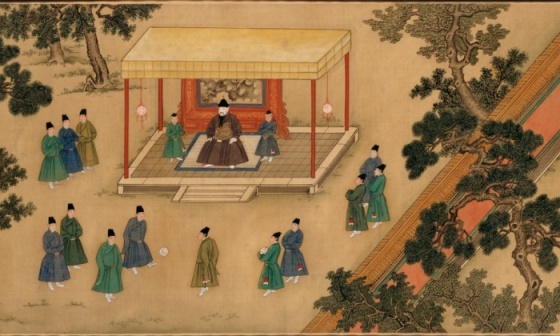




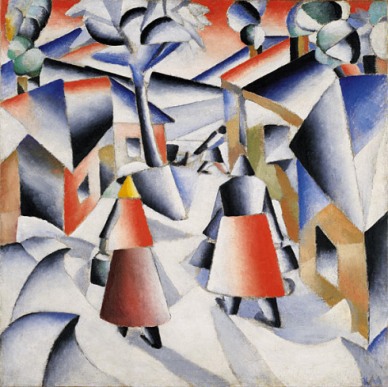




You must be logged in to post a comment.